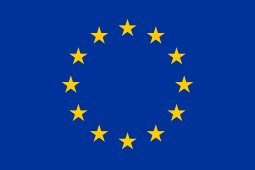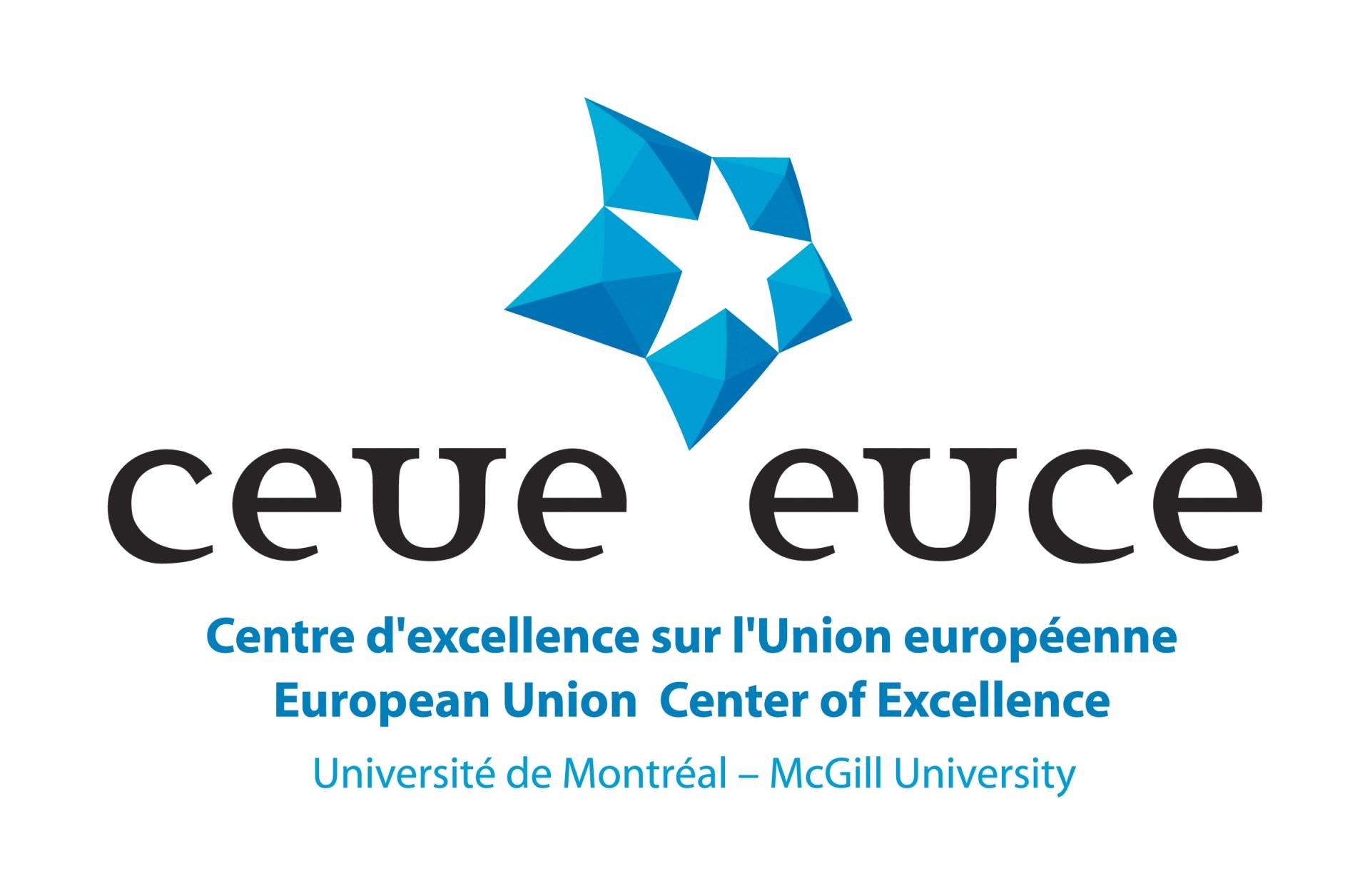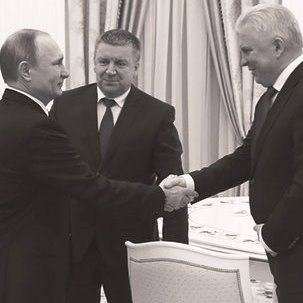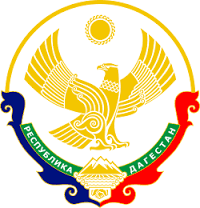(PONARS Policy Memo) Within the next 24 months, the international sanctions imposed on Russia after the annexation of Crimea and the instigation of conflict in the Donbas will likely weaken—despite the near certainty that neither Moscow’s policies toward Ukraine nor its domestic politics will have significantly improved in Europe’s view. The ascent of Donald Trump in the United States, the emergence of “Brexit,” the likely election of a new French president skeptical about sanctions, combined with growing fatigue over the intractability of the conflict in the Donbas and Kyiv’s own evident inability to pursue structural reform, all augur for a drawdown in the West’s stance vis-à-vis Moscow.
This is a challenge, first and foremost, for Europe—because it is Europe that Russia is mobilized against. Despite misgivings in Washington and within parts of Trump’s Cabinet, the trajectory in Washington and Moscow is clearly toward normalization or, at least, de-escalation. The Kremlin’s overriding policy goal in the Euro-Atlantic space—halting the expansion of NATO and the European integration project—cuts across core European interests without doing significant damage to U.S. objectives, at least in the near term. While disagreements will remain, over Iran, missile defenses, and other core elements of U.S. foreign policy, Washington seems set to abandon the European Eastern Neighborhood to its fate. Doing so has the potential benefit, from the Trump Administration’s position, of freeing up resources to devote to China, the Middle East, and other challenges, while the costs of abdication are borne primarily by Europe. That is not, however, a position so easily taken in Europe itself. It was, after all, contestation in the Eastern Neighborhood that led to war on the European continent—and the simple abandonment of sanctions does nothing to solve the present conflict or prevent the emergence of new ones.
The impending reelection of President Vladimir Putin, moreover, underscores the crux of the problem: the European Union has not yet found effective means of leverage vis-à-vis a geopolitical competitor whose aims for the governance of the European continent are very much at odds with those found in Brussels, Berlin, and most EU capitals. Contrary to much of the public debate, this lack of leverage stems neither from European weakness, nor from Putin’s strength, but from a double failure of analysis. The first is Europe’s reticence to formulate its Russia policy in terms of the EU’s own strategic interests in Moscow and in the region, seeking instead to latch onto what Brussels has perceived (mistakenly, in many cases) to be Moscow’s own interests. The second failure has been the tendency to see the relationship in predominantly elite-centric terms.
The result is that, 25 years after the end of the Soviet Union, the institutional relationship between Russia and the EU is remarkably thin. Even when sanctions erode, there is very little precedent of “business as usual” to which to return. Trade may resume, of course, but there is neither the trust nor the inclination to pursue any of the grand bargains or strategic relationships that have been discussed in the past. The post-sanctions relationship with Russia, then, risks drifting back into potentially violent confrontation.
A different approach—one that takes greater stock of Europe’s own interests and that understands the potential for a socially and economically deeper relationship with Russia—could yield a more effective conditionality and, while not devoid of conflict, would potentially lay the foundation for a more robust and genuinely strategic EU-Russia relationship.
What Went Wrong?
There has been no shortage of engagement in the EU-Russia relationship. The 1994 Partnership and Cooperation Agreement set out a broad agenda of cooperation, underpinned initially by a large program of technical assistance, aimed from the outset to lay the groundwork for a free-trade area. In 2003, the two sides agreed to work towards the creation of “Four Common Spaces,” to cover economics; freedom, security and justice; external security; and research, education and culture. Despite failing to make meaningful progress toward any of these goals, Russia and the EU launched in 2010 a new “Partnership for Modernization,” which committed Moscow—at least rhetorically—to using European integration as a means toward its own domestic transformation.
None of this—and not some €330 billion in goods traded annually—prevented Russia from using military force in 2014 to try to block the implementation of a Deep and Comprehensive Free Trade Agreement (DCFTA) between the EU and Ukraine. The reasons for Russia’s reactions are a matter of considerable debate, ranging from concern that the DCFTA would lead eventually to NATO membership and the loss of Russia’s strategic position in the Black Sea, to a more general sense of, as professors Tuomas Forsberg and Hiski Haukkala write, “Russia’s growing exasperation with being the junior partner in its relations with the West and being forced to accept diktats coming from that direction.” Where one comes down is often a matter of taste, as much as of analysis.
The root cause of the conflict, however, seems to lie in Europe’s own misunderstanding of the relationship it was building with Russia. The overarching EU-Russia frameworks were either entirely elite-focused and elite-driven (such as the Partnership for Modernization, the justification for which began and ended with then-President Dmitry Medvedev’s ostensibly modernizing platform), or else made mass-oriented benefits contingent on elite behavior (such as the Four Common Spaces), predicated on the increasingly untenable premise that Russian elites were beholden to their electorate.
Two failures help illustrate the cognitive gap between Moscow and Brussels. One is the long-running discussion of visa facilitation, which eventually broke down in 2012 over Moscow’s insistence that elites traveling on service passports receive special dispensation. Another was a proposal that surfaced repeatedly in the 1990s and early 2000s—but was never implemented—to replace Russia’s own technical standards with those issued by the EU, in order both to modernize Russian industry and to ease the free movement of goods. As Russian trade envoy Dmitry Polyansky told a U.K. parliamentary inquiry in 2015, the cost was deemed to be too great, both to the Russian government and to key (mostly state-owned) industries.
In both cases, as in the relationship as a whole, the conclusion drawn by the EU was that, given enough strategic patience in Brussels, Russia would eventually come around. In the meantime, believing that Moscow could have no reasonable objection, Brussels turned its attention to what became known as the Eastern Neighborhood—Armenia, Azerbaijan, Belarus, Georgia, Moldova and Ukraine—and pursued piecemeal integration with countries whose publics often enjoyed comparatively more leverage over their elites than in Russia.
The conclusions drawn in Moscow, however, were quite different. The aforementioned “exasperation,” coupled with an unwillingness to upend the rent flows generated in inefficient industries, helped feed a growing belief within Russian economic and foreign policy circles that the country needed larger captive markets in order not only to trade, but to maintain the viability of its own political and economic system. This, in turn, helped justify the drive to create the Customs Union and Eurasian Economic Union (EEU), several years before the current crisis in Ukraine.
Thus, even as the EU operated on assumptions of commonality of interest, the irrelevance of geopolitics, and the absence of geo-economic competition—seeing the European project fundamentally as a non-zero-sum game—it found itself facing in Russia not a reticent partner, but a challenging power for whom the expansion of Europe’s economic influence was an existential threat. Far from being a red herring to distract from some other hidden agenda, the Ukrainian DCFTA was for Russia very much a casus belli.
What Now?
The road forward for Europe vis-à-vis Russia must begin with the recognition that the relationship is geopolitical, and that the primary field of competition is—and will remain for the foreseeable future—the Eastern Neighborhood. Left in a security vacuum and in developmental limbo, the space between the EU and Russia has the potential both to destabilize the security situation on the continent indefinitely, and to threaten the very existence of the EU. Moreover, the rising cost of maintaining a robust security posture towards Russia undermines the sustainability of NATO, which Europe is neither willing nor able to replace.
This challenge will persist as long as the Eastern Neighborhood states are not on a solid integration path either with the EU or the EEU. Given Russia’s demonstrated willingness to bring military force to bear, some may be tempted simply to cede the region, concluding that the costs of both supporting reform and containing Russia are too great for Europe to manage. If the experience of the Euromaidan has taught policymakers anything, however, it should be that publics are ignored at our own peril. Integration with the EEU, while providing a stable equilibrium for policymakers and an attractive deal for many elites, brings fewer public goods for ordinary citizens and thus comes at the risk of domestic destabilization. In the mid to long term, then, the EU’s best viable option for pursuing stability and security is to “win” in the Eastern Neighborhood.
That said, the costs of geo-economic and geopolitical competition with Moscow will be unsustainable, as long as Moscow is willing to countenance military confrontation and Europe is not. Thus, from a European policy perspective, the only viable route to a stable and secure settlement in the Eastern Neighborhood involves creating change in Russia itself. This is, perhaps, a surprising and uncomfortable conclusion. Europe’s prior attempts at leverage in Russia (and in other countries where EU membership has not been a viable option) have largely failed to bring results. Moreover, the Kremlin is, as mentioned before, famously allergic to anything that would smack of a subordinate relationship.
A closer look at the source of the conflict, however, suggests a new approach to leverage and conditionality. If the foregoing analysis is correct, then Russia went to war over a trade treaty not because Putin’s sensibilities were offended or because it is pursuing an ideologically driven revanchist agenda, but because the logic of its own political economy demanded it: Russia needed access to a greater pool of rents in order for the system to survive, and thus the Ukrainian DCFTA was a threat that needed to be countered. (Whether the countermeasures were counter-productive is a separate question; once launched, however, such policies often become path dependent.)
The change that Europe needs to see in Russia, then, consists in helping the Russian political economy gradually function more like Europe’s, such that Russia’s rulers—whoever they may be—discover an abiding interest in integration and harmonization, rather than competition. This can be achieved by thinking about conditionality in two new ways: designing it not to reward governments for good behavior, but to shift the balance of power between the Kremlin and those whose policy agendas are more in line with Europe’s; and extending the reach of conditionality to Europe’s own institutional spaces.
The traditional approach to conditionality—offering “carrots” such as economic integration or visa-free travel to publics in return for policy cooperation by their governments—does not work when governments are not accountable to their citizens. In fact, traditional conditionality creates a perverse outcome in autocratic settings, as the EU and national elites essentially collude to disenfranchise further already beleaguered publics, while governments easily shift the blame to Brussels.
A new approach to conditionality would be designed to empower those constituencies who would be best served by furthering Russian integration with Europe. Within Russia itself, this involves reversing the logic of conditionality. Brussels should deliver direct benefits to ordinary Russian citizens that are unavailable to elites, without the usual up-front quid pro quo. These benefits could, for example, include visa-free travel (to everyone except holders of service passports), access to education, and even access to financial services and freer movement of goods and capital exclusively for small and medium-sized enterprises (monitored through beneficial ownership registries). The object would be to make Europe genuinely useful to increasing numbers of Russians. Further leverage might—but not necessarily need—be created by making renewal of these benefits contingent on progress towards harmonization and integration made by the government, thus forcing the Kremlin to inflict very real pain on ordinary Russians if it wants to avoid compliance.
In the broader neighborhood, the same sort of strategy could be pursued by co-opting the EEU. Russia’s core partners—Belarus and Kazakhstan—have protested against Russia’s unilateral imposition of so-called “counter-sanctions” on Western imports, in violation of the terms of their customs union. Moreover, while maintaining close ties with Moscow, Minsk and Astana have not shown a willingness to forego a closer relationship with Europe. The EU might offer trade coordination with the EEU on a multilateral-to-multilateral basis, conditioned on the institutionalization of EEU norms, procedures and enforcement, thus strengthening the leverage of regional powers vis-à-vis Moscow.
For this new approach to be effective, however, conditionality must not begin and end at the EU’s eastern border. Demand for rule of law in Russia and other countries of the region (and beyond) has been weakened not only through the disenfranchisement of popular constituencies, but also by empowering elites to benefit from what amounts to privileged access to the EU. The goal, then, must be to disrupt the use of institutional arbitrage. Russian elites have benefited from their ability to earn money in their weakly regulated domestic markets, while protecting their gains in strong rule-of-law systems in the West, thus effectively removing demand for the rule of law at home. Through the use of robust beneficial ownership registries and increased oversight capacity, the EU could allow the domiciling of assets only from sources that are verifiably regulated to a globally acceptable standard, while monitoring and preventing leakage of public-sector capital, thus creating elite-level pressure for harmonization.
These and other initiatives in the same vein will neither produce immediate change in Russia nor ensure the absence of conflict in the near term. They may, in fact, make the Kremlin and even some European constituencies profoundly uncomfortable. But if Europe is not content to see the extension of Russian norms and patterns of governance in the Eastern Neighborhood, then the alternative may be more outright confrontation —without, for the foreseeable future, the support of Washington. With patience and creativity, however, one of Europe’s greatest challenges might yet become one of its greatest strategic opportunities.
Samuel Greene is Director of the Russia Institute and Senior Lecturer in Russian Politics at King’s College London.
Also see: Samuel Greene, "Europe Needs a Hearts and Minds Campaign for Russia," Foreign Policy, February 21, 2017
[PDF]
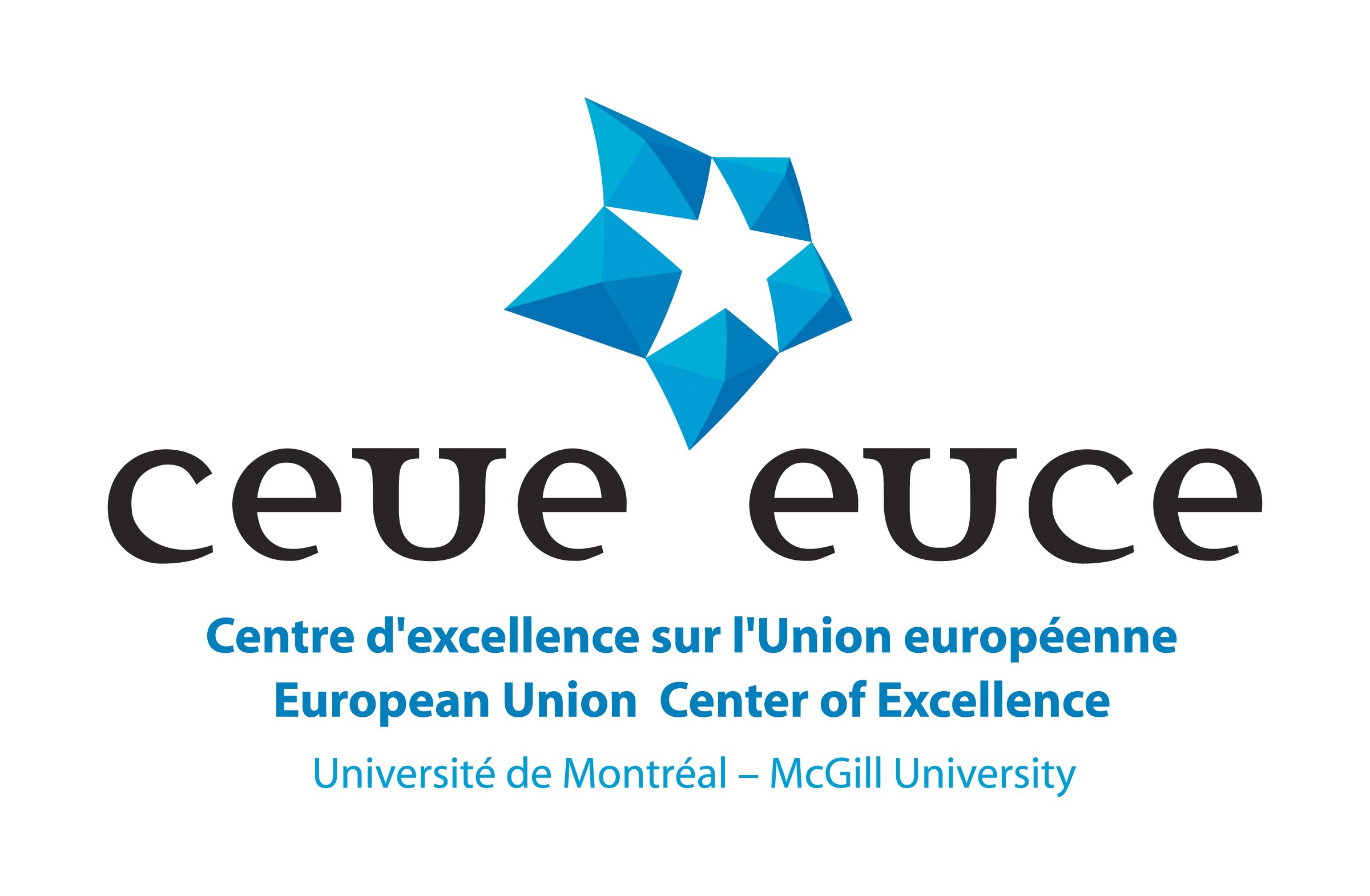
European Union Center of Excellence, McGill University, Montreal, Canada. This project has been funded with support from the European Commission. This publication reflects the views only of the author, and the Commission cannot be held responsible for any use which may be made of the information contained therein.
